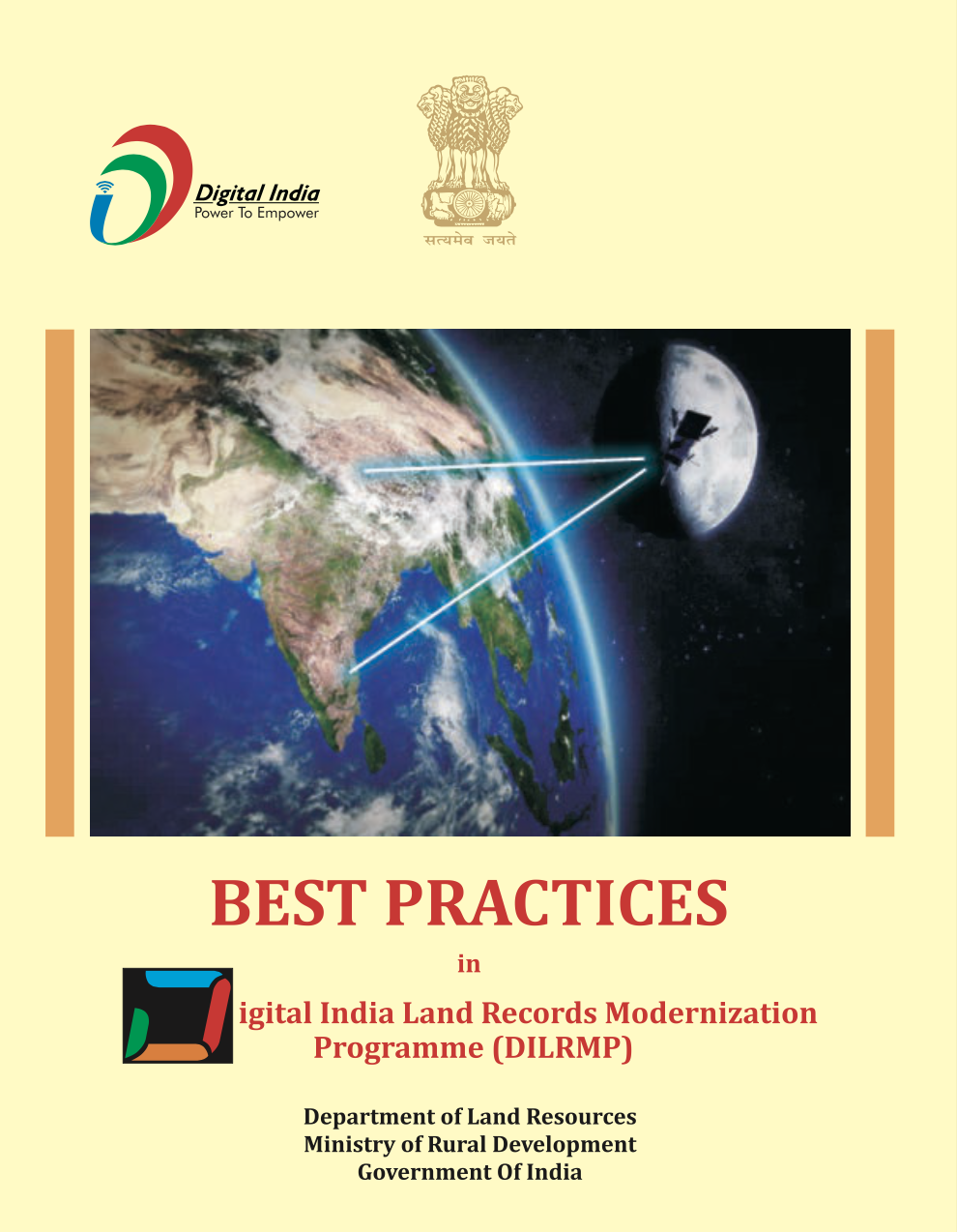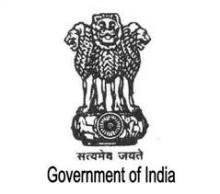Resource information
India is one of the fastest growing economies in the world, but its growth potential can be further enhanced by improving the land governance system in the country. The manual system of maintenance and updation of land records practiced earlier resulted in poor and outdated land records. As a result, nearly two-thirds of all pending cases in Indian courts were related to property disputes. Millions of Indians could not use their principal asset as collateral to borrow from the former financial system. The poor suffer the most. A large proportion of government land lied unused. A large part of the unused land was high-value property in prime areas in major cities. Land hording by government agencies created artificial scarcity and was one of the main drivers of skyrocketing urban real estate prices.
The need of the hour was to improve the quality of land records in the country and to make them more accessible. To aptly address such issues, Digital India Land Records Modernization Programme (DILRMP), the erstwhile National Land Records Modernisation Programme was launched in 2008 by the Government of India. DILRMP serves the purpose to digitize and modernize land records and develop a centralised land record management system towards government-guaranteed titles.


